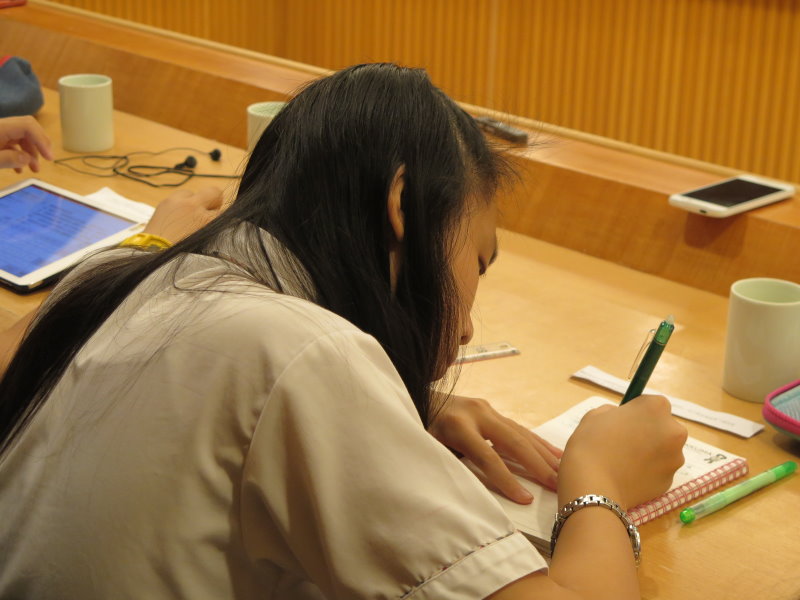Resources
★Transcripts:
1.Xizhi Interview Transcripts
2.Water Resources Agency Transcripts
3.Mr. Jui-Wen Chen Interview Transcripts
4.Mr. Shen-Hsien Chen Interview Transcripts
Mr. Shen-Hsien Chen Interview Transcripts
Interviewee: Shen-Hsien Chen
Interviewers and organizer: all team members
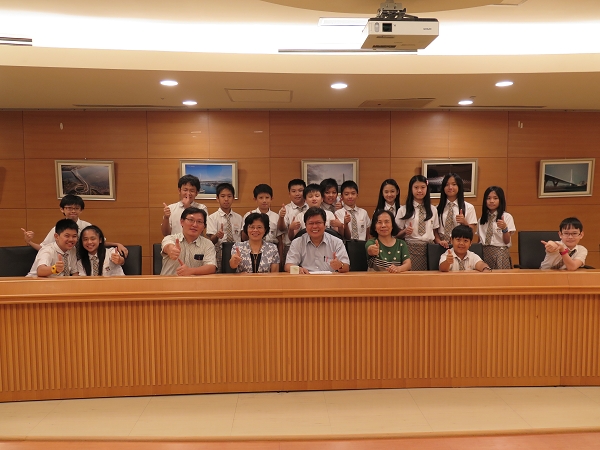
(1)Can you briefly explain the type of person Mr. Jui-Wen Chen is that you know of, and explain what you think was the biggest reason he is so successful?
He is very professional and full of spirit for research. He is still like a mason. Every time he does or says thing, he will try to understand how the effective he was and the problems he faced when he followed other’s way. He then continuously making improvements. Therefore, like I had mentioned, the development of permeable bricks had been through several changes in the past, and he was part of the reason that happened. Anytime he found out there is a problem, he would find a way to study it and make improvements. Even if he faced a problem seemly impossible to solve, he would still work around it and find a way to solve the problem.
(2)How do you know the JW Eco-Technology and Mr. Jui Wen Chen?
The JW in the JW Eco-Technology stands for Jui-Wen, for Jui-Wen Chen invented it. He only graduated from junior high school. He used to work as a mason. He is very dedicated. The permeable bricks that we have here are all his inventions. He continuously making improvements and have more than 100 patents. Many of those patents he got from other countries. Like the Jw Eco-Technology that I mentioned, he got the patent internationally first.
I didn’t know him at first. I first met him when I was the Director of the Water Resources Agency. One time, we had a major meeting for water resources management. When the meeting was about to end, a man, turned out to be Jui-Wen Chen, shouted and protested why he didn’t get a chance to speak. At the time, I thought he was just a protester, meant to cause troubles, so I ignored him. After that, I learned his eco technology. Moreover, in the invention shows abroad, many companies from Taiwan participated, him included. From his demonstration, I started understanding his technology, and, since he is from Taiwan, started calling him the Beacon of Taiwan.
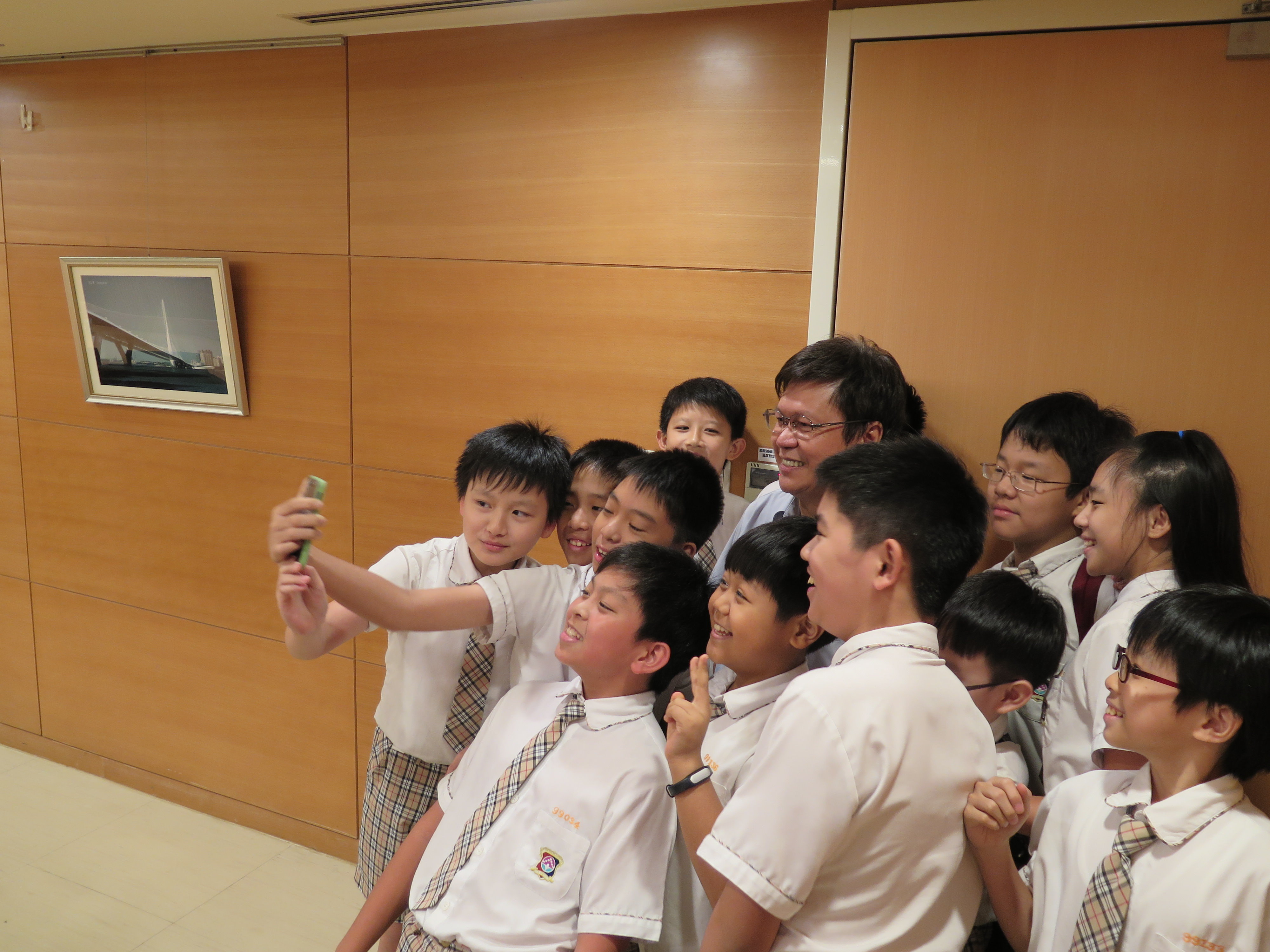

(3)Can you explain a little bit about the sponge city and permeable city?
To start this, we have to talk about solving the effect of extreme weather. The permeable city aims to solve the excess runoff water causing by the increase of non-permeable layers on our road surface. Everyone here knows that when Mr. Eric Chu became the Mayor of New Taipei City in 2010, he proposed a four point plan for water management. One is water permeability, and others are water friendliness, water cleanliness, and water management. But, in fact, they’re all more or less the same.
The first mention of the sponge city was the year 2006 by a scholar in Australia, but what he meant wasn’t the same as ours. In his idea, the sponge city means the more developed the city and its functionalities are, the more people are going to move to the city, like a sponge.
The idea of sponge city we had was first proposed by professor of National Taiwan University Chung-Ming Liu two years ago. It means to have the surface become like huge sponge within the city. It’s similar to the idea of permeable city proposed by New Taipei City, but it probably sounds more impressive or more astonishing. The point is to return water to its natural water cycle, thus solving a lot of disasters caused by water. That’s pretty much about it.

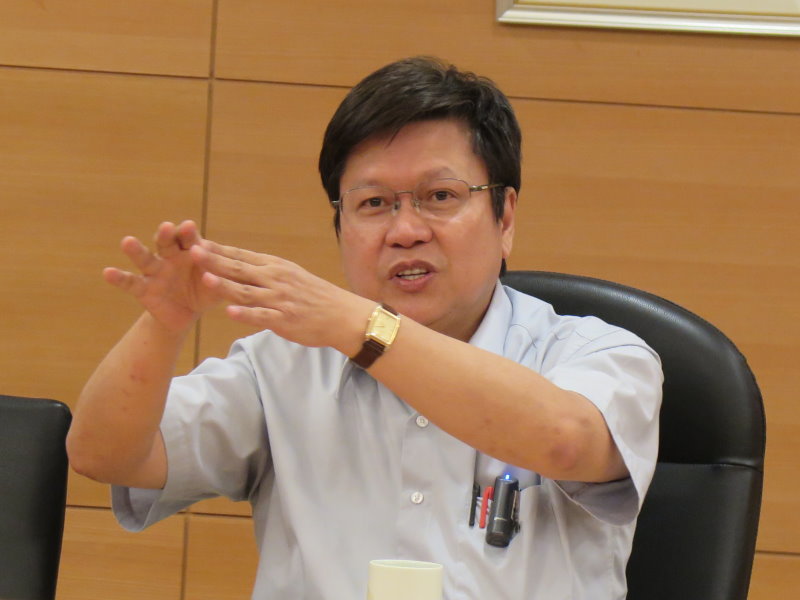
(4)It is said that the Green Alley in the Limen Village in Xizhi was suggested to the Borough Chief by you. Why would you recommend that?
I heard of the JW Eco-Technology at the time already. That village is known for being the number one in environmental protection in Taiwan, and the borough Chief herself was an expert and the judge for national environmental assessment. When they won the grant, they asked me the best way to use the money.
In response, I said why not use JW Eco-Technology. With this technology, it would upgrade your village even more. The more people visit, the more people willing to learn. Therefore, they used the JW Eco-Technology Pavement, a breathing road.
I went to their opening ceremony. It was very popular. From then on, media, newspaper, and people from Taiwan and abroad all come to see the demonstration. They learn not only the advantage of this eco technology, but also the importance of community building.
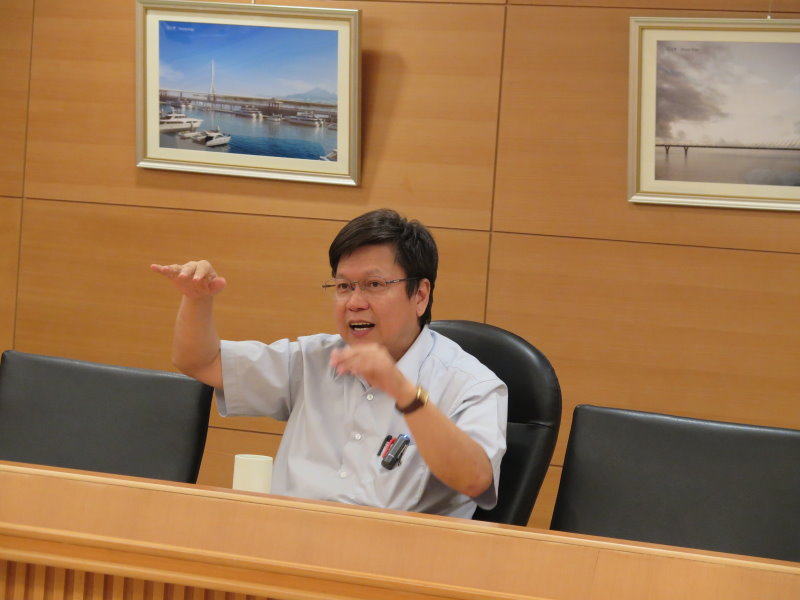
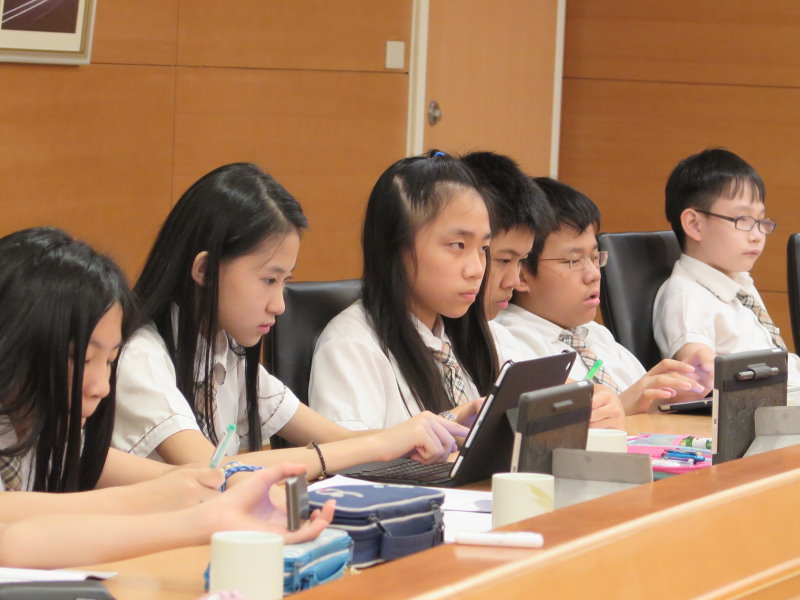
(5)Can you analyze the advantages and disadvantages of those commonly used permeable pavements as well as their application?
For the traditional permeable pavement, one is permeable interlocking pavement, or permeable bricks, by laying the bricks one by one on the road. Another one is permeable porous material pavement, concrete or asphalt. It is permeable, but the rate of permeability is low, a 20-30 percent is considered excellent.
On the other hand, when heavy cars drive over these permeable pavements, they break easily, so you will have to fix and re-pave them often. That’s a big issue.
The JW Eco-Technology is designed to overcome these problems. Therefore, it needs to have high rate of permeability, as I mentioned, its four-pipes unit within the grate has two pipes for water intake and two pipes for breathing air, thus allowing circulation. Therefore, it has high rate of permeability. It allows more than 100 mm of rain to permeate through with ease. It will not leave runoff at all. The second thing it needs is to be able to bear the heavy load. Its plastic grate made by compressed waste plastics is almost like steel bars. The square grate structure with cement filling made the pavement really strong, a normal pavement won’t break it at all.
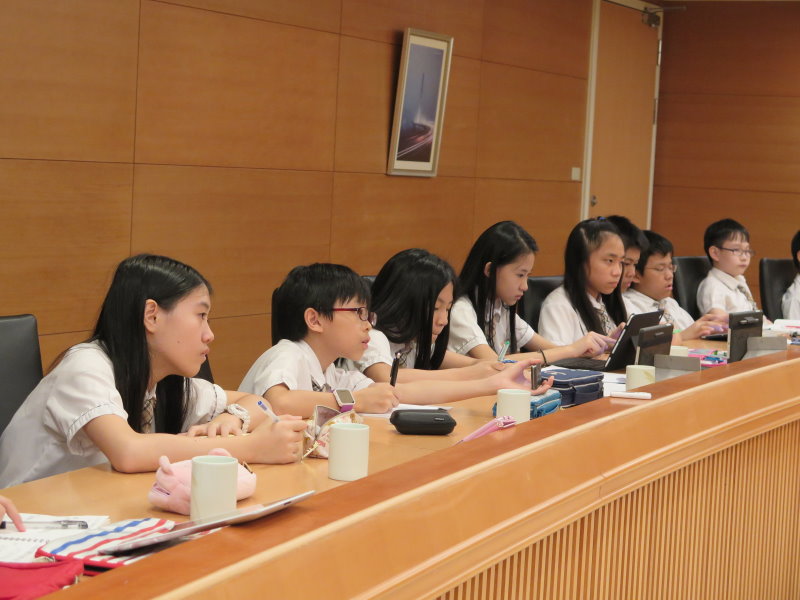

(6)Is there any places that is more suitable for JW Eco-Technology? Any places that is not suitable?
The most important concept of the JW Eco-Technology is to permeate water into the soil. The places with high level of water table is not suitable, but it is very suitable for the place where it has a low water table. It’s considered a high water table If one digs the down 100 meters and finds the aquifer. Normally, the aquifer is located somewhere between 400 to 500 meters below the ground.
